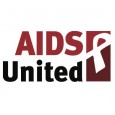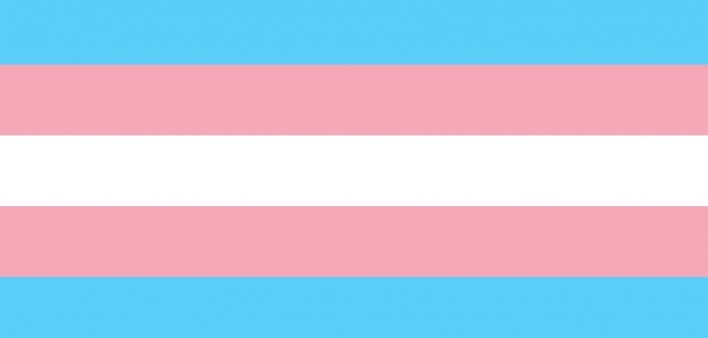Significant adjustments have been made to estimates of the number of trans-identified individuals. According to research released by the Williams Institute late last month, there are 1.4 million trans identified adults in the U.S. This is roughly double the estimate made by the Williams Institute in 2011, and brings the percentage of the adult population who identify as trans up to 0.6% - an increase attributed to a wider data pool created when 19 states opted to include a question on gender identity in their reporting to the CDC’s Behavioral Risk Factor Surveillance System.
This significant increase in population estimates comes at a time when the trans community has made incredible strides over the past few years – from gaining discrimination protection in health insurance, protections against sex-based discrimination in the workplace, to ever increasing representation in media. The trans community has shown incredible resiliency in the face of deplorable violence, vitriol in the public sphere, and an onslaught of anti-trans legislation. This resiliency is exemplified by tireless community organizing, policy advocacy, and legal advocacy which has both secured many victories and helped mitigate the numerous harms faced by trans people in this country.
The positive impact that studies such as the 2011 National Trans Discrimination Survey have had on trans advocacy work demonstrate how crucial this Williams Institute research can be in effecting positive change for such a vulnerable community. Even at the grassroots level, quantifiable population data – such as that found in the community driven D.C. Trans Coalition’s Needs Assessment Survey – can be a powerful tool. In D.C., this data helped lead to an official census of LGBT homeless youth, the expansion of homelessness services for local trans youth, and continues to be used in the pursuit of the resources needed to meet the depth of need demonstrated therein.
In North Carolina the now infamous House Bill 2 , would, among a slew of functions, ban trans individuals from safely accessing public accommodations befitting their gender identity. Following the release of the Williams Institute report, advocates can now demonstrate the harm such a bill does to at least 45,000 transgender identified North Carolinians. By being counted, advocates can quantify the incredible vulnerability and need facing the trans community – and the real harms of bills like HB2.
In the realm of HIV – an arena where trans people, particularly trans women of color, carry a disproportionate burden, population counts like this can help support the argument that trans women should not be unceremoniously lumped into the category of “men who have sex with men” (MSM), and rather deserve to have their own unique experiences and concerns researched and addressed. It also helps make the case that the dearth of research on trans masculine MSM and their HIV prevention and treatment needs are causes worth devoting resources towards. Fears about the potential impact that HIV medications may have on transition-related medical care, the impact that the physiological changes brought about by hormone replace therapy have on the effectiveness of HIV treatment and Pre-Exposure Prophylaxis (PrEP), the unique psychosocial barriers to treatment initiation or retention, and countless other concerns trans communities harbor become even more salient as the broader HIV community comes to understand that trans people are not a negligible minority in this country.
The Williams Institute research also highlights the impact generational differences have on policy implications related to HIV or other concerns. People aged 18-24 are significantly more likely to identify as transgender than any other generation; in some states, nearly 1% of people aged 18-24 identified as trans. This fact makes both the growing rates of HIV among young LGBT people, and the rise of anti-trans legislations centered around schools and colleges all the more devastating. It should also inform our collective response to each of those issues.
Finally, setting aside the impact this data may have in policy spaces across the country, there is another critically important effect the Williams Institute study has on our nation: it undermines the notion that trans people are a nearly non-existent minority. It chips away at trans invisibility and forces us to acknowledge that over a million of our fellow Americans are a member of this population. The value of this cannot be understated. The public narrative around trans identity is often vicious, and there has been a notable uptick in calls to LGBT suicide prevention hotlines, crisis hotlines, and other supportive services in the wake of 100+ pieces of anti-LGBT legislation introduced at the state level. Particularly for young people, struggling to find support in their identities, the vitriol surrounding their right to use the restroom with dignity and safety can feel suffocating, and fatalism can be difficult to stave off as the nation hears of yet another trans woman murdered almost weekly.
What the Williams Institute analysis says to the isolated trans youth, struggling to survive in a world that seems designed to deny them their most basic of human dignities, is thus: You are not alone. Yours is a family more than a million strong, which continues to survive and thrive in even the most hostile of environs despite all the adversity thrown at it. You are not invisible, you matter, and you will be counted.
AIDS United sees you, and remains committed to creating a world free of the disparities you so unjustly face.
Have you subscribed to the AIDS United Policy Update? Get the latest HIV news and policy developments in your inbox! Subscribe here.








Comments
Comments